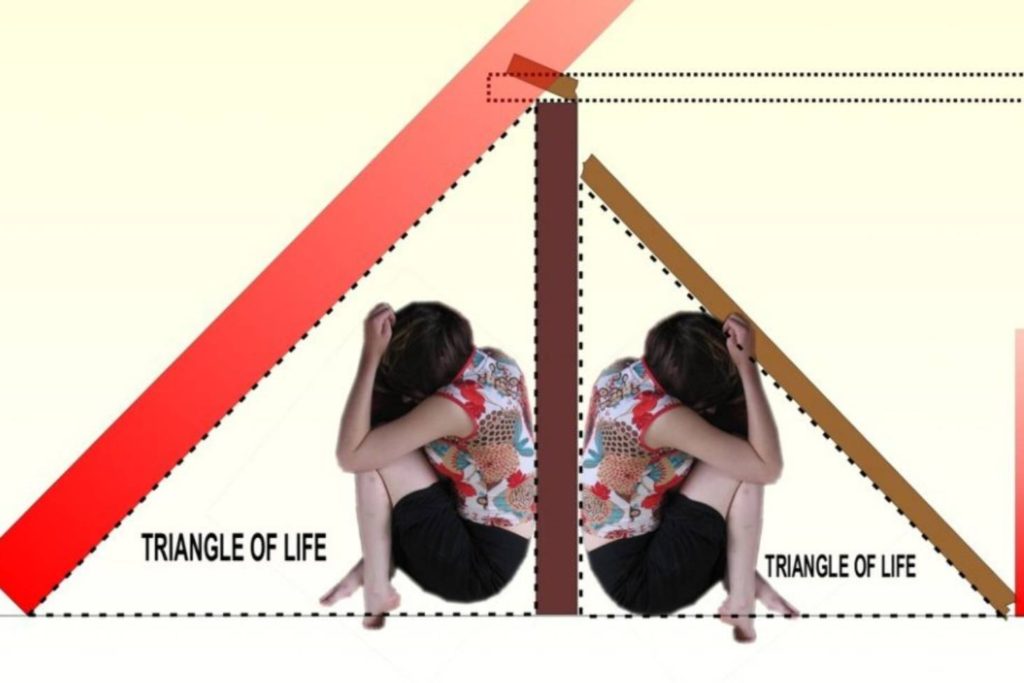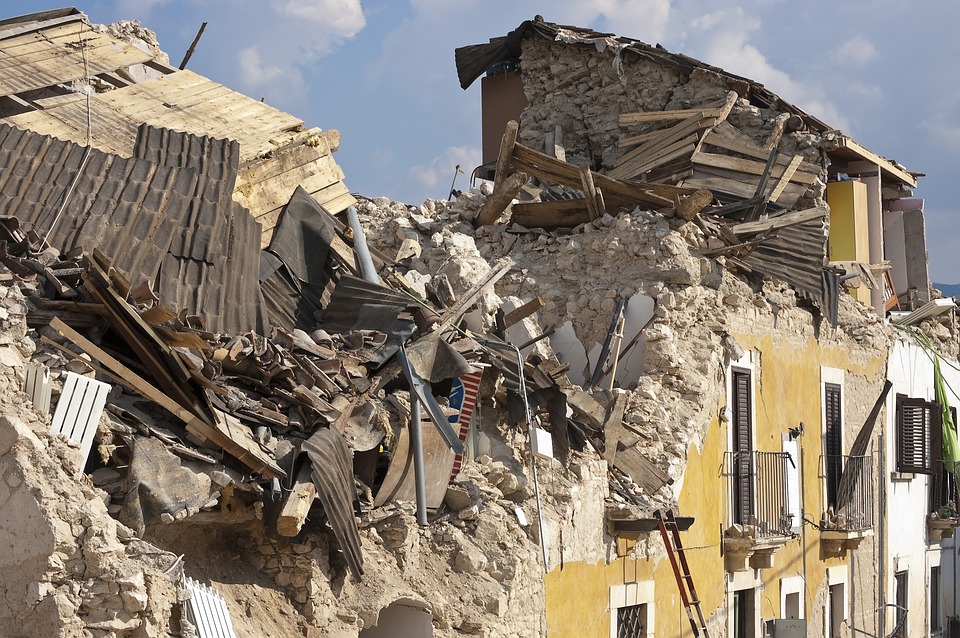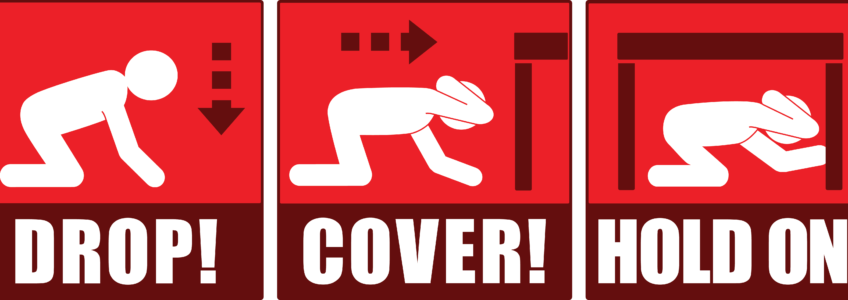What are we talking about when we mention “The Triangle of Life?” No, not a reflective triangle, or Canada health food pyramid. It’s not even the little plastic triangle that stops the pizza lid from touching the cheese. We are, of course, discussing the controversial theory of earthquake survival proposed by Doug Copp, founder of ARTI (American Rescue Team International).
Triangle Theory
Doug Copp’s methods reject the usual “Drop, Cover, Hold On” approach and focuses on hiding beside heavy objects. The theory asserts that when a building collapses, empty voids are left beside larger objects that act as structural supports. According to Doug’s website, this is supported by 150+ studies and “Zillions” of pictures. The website also claims that Doug has 30 different credentials to back his claims, though does not list what they may be.

The Triangle of Life theory made its way into the mainstream through a viral email. It is perpetuated by Mr Copp himself and like-minded individuals.
The Merits
I’m a positive person, so let’s start with the good pieces of this method. This might be a short section.
Most of Mr Copp’s theories appear to be based on what he has witnessed while responding to earthquakes worldwide. In many countries building codes are less rigorous than we have in North America, and the buildings are often older or made from different materials.

These differences can lead to what is called a ‘pancake collapse’ in the event of a major emergency. A pancake collapse is when a building experiences total structural failure. This is a Hollywood-style, nothing-left-standing, where’d-that-building-go collapse.
Studies have shown that there is a case for the Triangle of Life theory in situations where complete pancake collapse is likely. Authorities also support Copp’s assertion that stairs should be avoided in an earthquake. But…
Debunked
During an earthquake most casualties are from falling objects and not from collapsing structures. Especially in Europe and North America, where our building codes and materials are robust, we’re more likely to be crushed by a filing cabinet than trapped in rubble. Because of this, authorities are heavily skeptical of any preparedness advice that teaches moving towards heavy, potentially unstable, objects.
In addition to his personal observations Doug Copp supports his theories with studies he has conducted. The most prominent of these use earth-moving technologies to knock out the support structures in model schools and homes. Mannequins are placed in the building in various positions and according to Copp, prove a 100% survival rate in ‘Triangle of Life’ users and nothing but fatalities for Duck and Cover practitioners.
According to critics these were rescue exercises rather than experiments. The lateral movement of an earthquake is left out, encouraging a pancake collapse instead of damage more likely in developed countries. Both the Canadian and US governments still support the Drop, Cover, and Hold on approach to earthquake preparedness.
Another of Doug’s teachings has become pervasive as an urban myth throughout the years, though he wasn’t the original source. It’s even being taught in schools – or at least it was in my elementary. It’s so ingrained that most people don’t even question it.
This persistent advice is to stand in a doorway if there is an earthquake. Under scrutiny however, this lesson does not hold water. The doorway is no more structurally sound than the rest of the wall and will not protect victims from falling furniture or other objects. Shakeout BC specifically calls out the doorway myth, and the triangle of life, in their ‘what not to do’ section.
Summary
If you are traveling to a developing country and spending time in buildings that you believe to be structurally weak, consider using the Triangle of Life method of survival. If you are in any developed country with modern building codes remember that a total structural collapse is very unlikely and hold true to the ‘Drop, Cover, Hold On’ method of survival. Don’t forget your emergency kit for once the shaking stops!
Thank you for reading and stay safe!
This article was written by Zenia Platten – Author of Tethered and emergency preparedness professional.
Sources:

